1 year with the Leica M - October 2013

Introduction
It’s been almost exactly a year since I drove to Solms in the pouring rain and collected a prototype Leica M for testing. The first few months were taken up testing the camera in lots of different situations, and culminated in the report I wrote during the spring when the camera began to ship:
The test cameras went back to Solms, and I bought two bodies for myself - the first one needed to be returned for the ‘loose lug’ issue, and the second one (silver chrome this time) arrived in July - This brought me back to my favorite way of shooting; with two Leica bodies, one with a wider lens and one with a longer (usually 28 and 50 or 75). The lovely 50 APO summicron which I had together with the test bodies had also been returned to Solms. I’m still anguishing about buying one, but in the meantime I’ve been using my WATE, 28 summicron, 35 summilux FLE, 50 summilux and noctilux, 75 summicron, and more recently a vintage rigid 50 summicron from 1957.
There have been trips to China and Cornwall, several parties and band shoots, my son’s wedding and numerous country walks in the unusually lovely summer which is just ending.
All this, together with the release of the new firmware from Leica made it seem worth revisiting the camera in the light of experience with tens of thousands of clicks under my belt, and having a look at the changes with the new 2.0.0.11 update.
The 2.0.0.11 firmware update
M (Typ 240) Firmware Version 2.0.0.11
Improvements in Firmware Vs. 2.0.0.11 vs. 1.1.0.2
Improved performance of the Whitebalance
The accuracy of the Whitebalance presets and the Autowhitebalance function is higher with Vs. 2.0.0.11.
This results in better skin tones and better general color rendering.
I think that most people will find this a revelation - I think the colour is now just as lovely as the M9, and much kinder to skin tones in low light
Improved Video quality
The visibility of compression artifacts is reduced due to lower video compression.
I can’t comment on this as I’m no expert and haven’t really used video much either
Lens calibration
For coded Leica lenses the image homogeneity (color shift) has been improved.
There are general improvements for most wide angle lenses, and spectacular improvements for some
General Bugfixes
_Improved stability using Live View with and without EVF-2
This is probably the second most important fix - it was very possible to freeze the camera using EVF - some users much more than others. This has been almost completely fixed. Freeze ups now seem to be acceptably rare.
_Problem with Display settings in combination with “Sharpness high” fixed
_Problem with bad exposures after switching the camera on fixed.
_The “Auto Power Off” function showed unexpected behavior, this is fixed.
This was where the battery would sometimes run down over night - it seems to be completely fixed
_The recording dates for video files have been wrong sometimes, this is fixed.
_Problem with Copyright- and Artist-Information in EXIF-Data fixed
_Improvement of general system stability
For stability, read freezing - as mentioned above, this has been greatly improved, both with ad without Live View enabled
_Several minor bugfixes
Once again Leica involved a lot of people in testing of the new firmware - with a common forum for feedback. This is obviously very valuable - but of course it also takes longer!
Below are Leica’s release notes for the new firmware (printed here for convenience). Each of these have been discussed and tested in detail. I’ve put my comments in italics below where they seemed appropriate
This firmware update was designed only for bug fixes and colour improvements. Another firmware update is planned which will address enhancements and improvements.
It’s worth noting here that the Auto ISO in Manual Mode issue (mentioned so much in the forums) is not a bug, as it was intentional. and hence will be addressed in the planned update.

Leica M with the 50 Summilux Asph

Leica M with the 50 rigid summicron from 1957
New Features
Now that the dust has settled, it’s possible to make a proper evaluation of the new features in the Leica M. The ability to use R lenses (and other 3rd party lenses) has really opened up the ways in which one can use one’s M camera - Zoom and Telephoto, Macro and wide angle can all be used.
However, the speed of operation of Live view means that whilst it’s really good for more contemplative photography; landscape and macro in particular, it’s not really suitable for sports, and the neither the Live View nor the EVF are likely to help you catch the ‘decisive moment’!
Focus Peaking and Focus Assist (zooming in) promised more accurate focusing, but most of the experienced rangefinder users have found that they can still focus more accurately with the traditional rangefinder for standard focal length lenses (and certainly up to 90mm as well). For example, I still use the rangefinder rather than the live view with my 135 Apo Telyt.
On the other hand, sometimes it’s really refreshing to put on the EVF and a zoom lens and go out walking (the 35-70 R with macro is my current favorite). As for criticism that the EVF looks odd on the camera - people have been putting viewfinders on the hot shoe of their Leicas since time immemorial.
The other real bonus for me is using ultra wide angle lenses (the WATE is still one of my most used lenses). No Frankenfinder, don’t need the EVF - focus with the rangefinder and frame with the LCD - job done.

Leica M with 35-70 f4 R lens in macro mode
No Left Turn
The Kiss
Snoozin’
Traditional Features
It’s still a real joy - even a year on, I get a little buzz every time I press the shutter. I still shoot with a Monochrom, so I can remember the old Kerzoing shutter noise - not bad, but hardly a sensual experience. The new shutter is a joy in every way, the smooth two stage press (as opposed to the gritty 3 stage press on previous cameras), and then the lovely KerPlunk - which is also really quiet.
We did a proper blind comparison between the M6 and the M at the dinner table - Silas and I in the middle with the cameras, two bored wives at each end saying which was loudest - in each case the M6 was chosen as louder. I don’t think that this is true for the photographer, but it’s not the photographer which matters!
Then there is the rangefinder - it just seems to be more accurate than that of the M9. I’m certainly not alone in feeling this; I usually shoot with two bodies; with my M9s, I used one body with half my lenses and the other with the other half - because of slightly different rangefinder/lens adjustment. To my surprise, all of my lenses are fine on both of my M bodies. It also seems to be less prone to being knocked out of kilter (but that might just be my imagination). Suddenly I’m not sending lenses and cameras back to Solms for adjustment.
The only downside is the (very slightly) fatter and heavier body, my dream is an M6 sized digital M, but I fear it’s going to have to stay a dream. In the meantime, from a functional and operational point of view, the current M really seems to have brought the digital M as close to perfection as one could wish from a rangefinder camera.

Leica M with the 50 0.95 Noctilux at f1.2 1600 ISO
CC Adcock and Jonny Johnson at the Crowsfoot Barn
Image Quality
There has been much talk about CCD versus CMOS, but I’m not convinced that I can tell the difference.
What I do know is that (especially with the latest firmware update) the M produces colour I like - I very rarely alter it in post processing. The real change for me is skin tones in high ISO - with the M9 I nearly always resorted to black and white over 400 ISO, whereas I’m quite happy to use colour right up to 3200 with the new M.
I can see a tendency to use more and more MP (the Nikon D800 and the new Sony A7r at 36mp being a case in point). I’m not against more MP in principle - in fact I’m one who feels that a bigger sample is more important than fat pixels. On the other hand, processing 1000 images from a wedding means that one wants images sizes which are at least reasonably quick to manage. I guess I might change my mind later, but right now 24mp seems to be something of a sweet spot - manageable in post processing, but quite capable of making as big a print as one could wish for
Mirrorless Cameras and the Market

Leica M with the 50 rigid summicron from 1957
ipad or ballon?
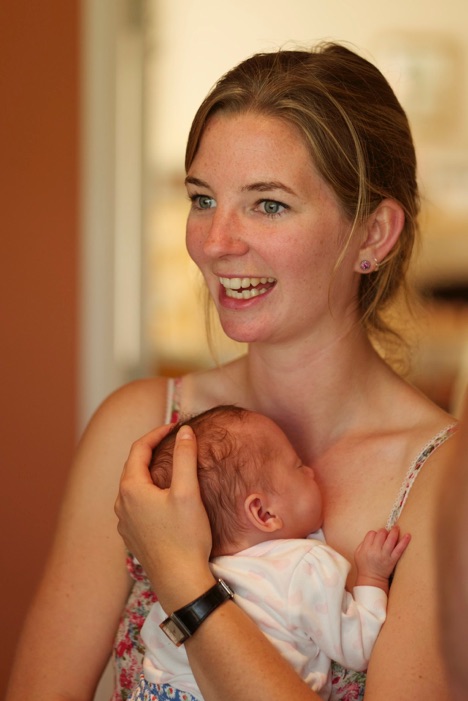
Eva & Scarlett
Leica M with 75 summicron at f2
It’s interesting that Leica (by chance) are part of the most recent development in the Photographic Industry: small cameras with Live View. They have been welcomed by enthusiast photographers the world over, in that they can offer excellent image quality in a manageable sized package. As EVF technology improves these are going to be more and more attractive options, new Phase Detect sensors promise to solve the only real disadvantage of such cameras (fast AF tracking). Built in Image Stabilisation means that you can use long telephoto lenses at previously impossibly long shutter speeds. µ43 and the Sony NEX system have lead the way, however the Leica M is the first full frame mirrorless camera - soon to be joined by new cameras from Sony.
The new Sony A7 and A7r promise to be very interesting - full frame, smaller than the M, with built in EVF, focus peaking and apparently angled micro-lenses to help with corner vignetting with wide angled lenses. Perhaps it’s surprising that they are applying this technology (which Leica and Kodak used on the CCD sensor for the M8 and M9) whilst Leica have moved to shallower pixel wells to solve the problem with the M. It will be interesting to see wether the Sony will cause colour shifts (Italian Flag) effects, and whether they provide some kind of tool to generate the necessary lens specific vignetting adjustments which Leica provide.
All of these cameras have the real benefit of allowing us to use a multiplicity of lovely lenses, both ancient and modern. They all offer upsides and downsides. We live in exciting times!
. . . and so
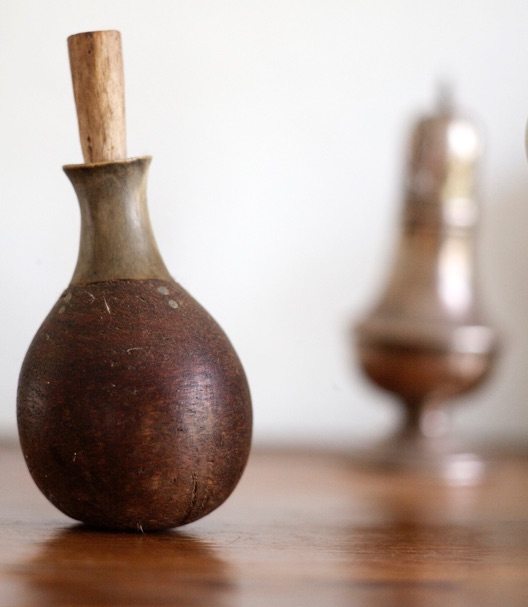
Leica M 90mm macro elmarit and OUFRO
Tick Tock
I’ve taken getting on for 40,000 images with the M over the last year - It’s become second nature to use, and whilst there are some changes I’d like to see to the firmware, faster startup times wouldn’t go amiss, and I really would like it to be M6 thickness . . . .
Apart from those things it’s use has become second nature, and it’s a real pleasure to shoot with. I do use the extra features . . . maybe 10% of the time, they serve a purpose, but the real joy of the M is using it as rangefinder camera - it’s the honourable and worthy descendent of that M3 of 1954. It also solves almost all of the shortcomings of the M9 (also a lovely camera).
Shooting with a rangefinder is a special thing - you either like it or you don’t, if you don’t, then the M surely isn’t for you, but if you do, the Leica M is a wonderful camera, and it allows you to make the very most of all those wonderful M mount lenses produced over the years. The point of the Leica M is the rangefinder. To my mind no EVF based camera is ever going to be a decent substitute - however well designed and however good the image quality.
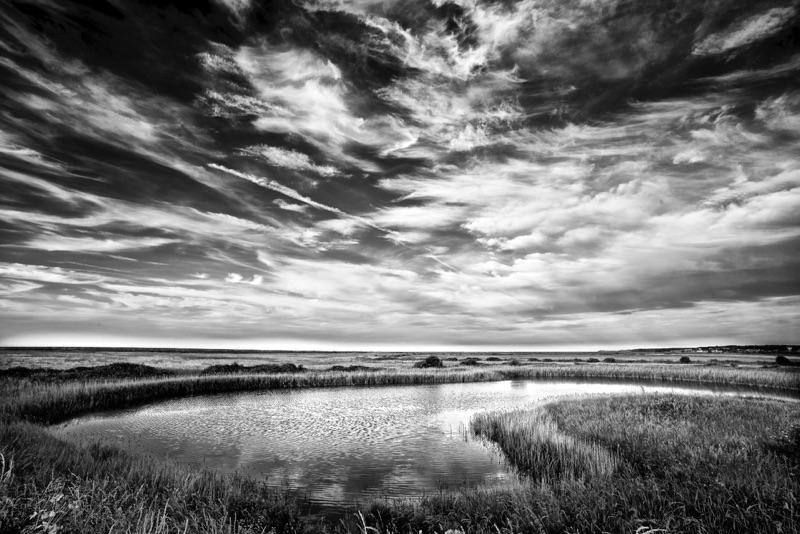
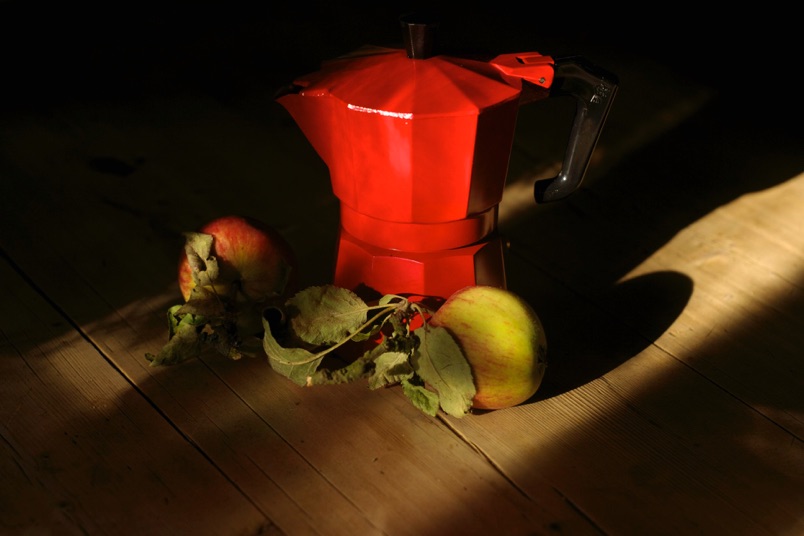
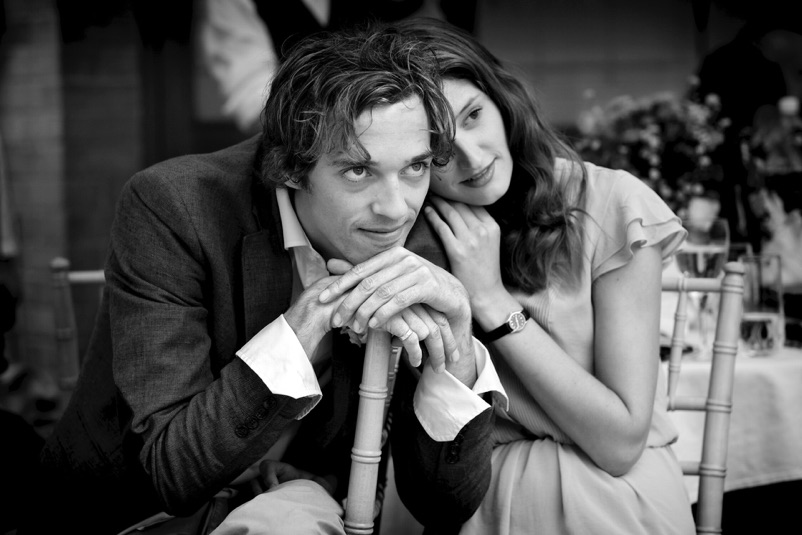
Leica M with WATE
Blakeney Norfolk
Leica M with 75 summicron at f4
breakfast time
Leica M with the 50 rigid summicron from 1957
Speeches

Leica M with the 50 rigid summicron from 1957
Damning the River